The concept of space tourism has transitioned from science fiction to reality in recent years, with private companies like SpaceX, Blue Origin, and Virgin Galactic making significant strides. However, one critical aspect that potential space tourists must prepare for is the physiological challenge of microgravity. Unlike professional astronauts who undergo years of rigorous training, civilians embarking on space journeys need specialized but condensed programs to adapt to weightlessness. This preparation is not just about comfort—it’s a necessity for safety and enjoyment during the trip.
Before stepping into a spacecraft, participants must familiarize themselves with the sensation of weightlessness. The most common method for this is parabolic flight training, often referred to as "zero-g flights." These flights involve an aircraft performing a series of steep climbs and descents, creating brief periods of microgravity inside the cabin. For about 20-30 seconds at a time, trainees experience conditions similar to those in space. Though the duration is short, these repeated exposures help the body and mind adjust to the disorienting feeling of floating without gravity’s pull.
The psychological component of this training cannot be overstated. Many first-time participants report a mix of exhilaration and nausea—a phenomenon colloquially known as "space adaptation syndrome." Instructors emphasize breathing techniques and focus exercises to mitigate motion sickness. Additionally, trainees practice simple tasks like moving between handholds or retrieving floating objects, which are far more challenging in microgravity than on Earth. These drills build muscle memory and spatial awareness, reducing the risk of collisions or disorientation during the actual flight.
Another key element is centrifuge training, which simulates the intense G-forces experienced during launch and re-entry. While not directly related to weightlessness, this conditioning ensures that passengers can withstand the physical stress of space travel. High-G training typically involves spinning in a human centrifuge to acclimate the cardiovascular system to extreme pressures. For many, this is the most grueling part of the preparation, as the forces can feel crushing without proper technique. Learning to tense muscles and control breathing is essential to avoid blackouts or injury.
Beyond physical readiness, space tourists must also understand the logistical realities of living in microgravity. Simple activities like eating, drinking, or using the restroom require entirely new approaches. Training programs often include demonstrations of space-friendly utensils, hydration systems, and waste management solutions. These might seem mundane, but mastering them ahead of time prevents messy—or embarrassing—situations in orbit. For longer missions, such as those proposed for orbital hotels, trainees even practice sleeping in specialized pods that secure them in place.
Perhaps the most overlooked aspect of pre-flight training is teamwork. Unlike commercial air travel, where passengers are largely passive, space tourism demands active participation. Crews must work together to manage emergencies, follow protocols, and assist one another in an environment where every action has amplified consequences. Simulation exercises, such as dealing with cabin depressurization or equipment malfunctions, instill confidence and cohesion among group members. This collaborative spirit is vital, as isolation and stress can heighten tensions in the confined quarters of a spacecraft.
As the industry evolves, training programs are becoming more sophisticated. Virtual reality (VR) is now being integrated to simulate spacewalks or orbital views, enhancing mental preparation. Some companies even offer underwater training in giant pools, where buoyancy mimics weightlessness for extended periods. These innovations aim to bridge the gap between Earth and space, ensuring that tourists are not just passive observers but engaged participants in their extraterrestrial adventure.
The democratization of space travel hinges on making these preparatory steps accessible without diluting their effectiveness. While current programs are expensive and time-intensive, advancements in technology and methodology may soon streamline the process. For now, those booking a ticket to the stars must embrace the challenge of training with the same enthusiasm as the journey itself. After all, the ability to float effortlessly above Earth is a privilege earned through rigorous preparation—one that transforms awe into actualization.
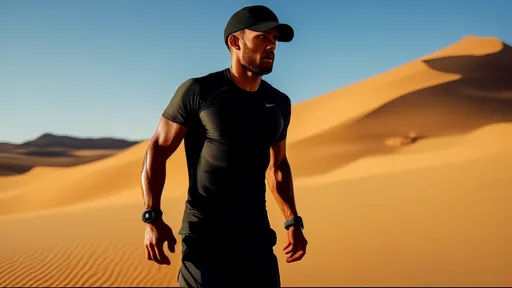
By /Jul 10, 2025

By /Jul 10, 2025

By /Jul 10, 2025

By /Jul 10, 2025

By /Jul 10, 2025

By /Jul 10, 2025
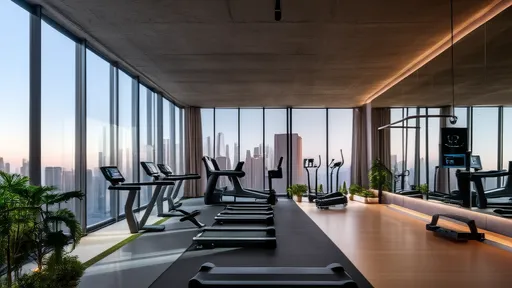
By /Jul 10, 2025

By /Jul 10, 2025

By /Jul 10, 2025

By /Jul 10, 2025

By /Jul 10, 2025
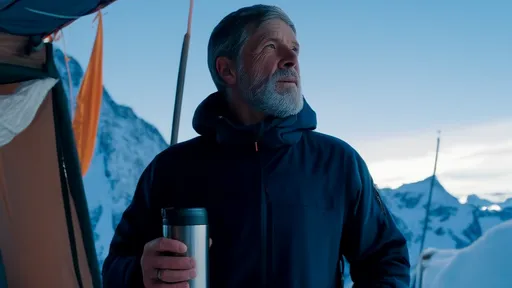
By /Jul 10, 2025

By /Jul 10, 2025

By /Jul 10, 2025

By /Jul 10, 2025
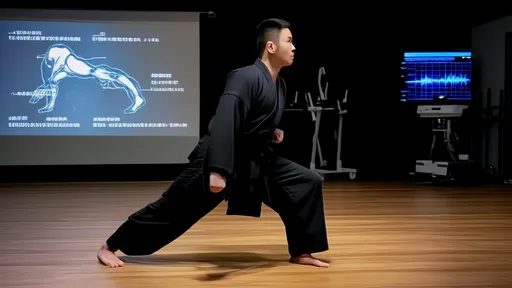
By /Jul 10, 2025
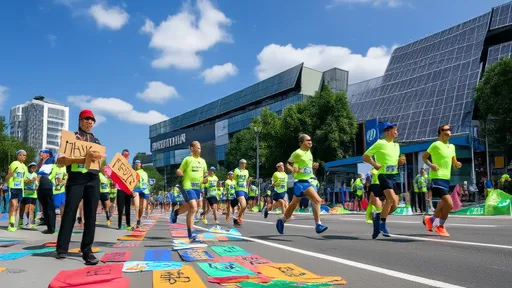
By /Jul 10, 2025

By /Jul 10, 2025